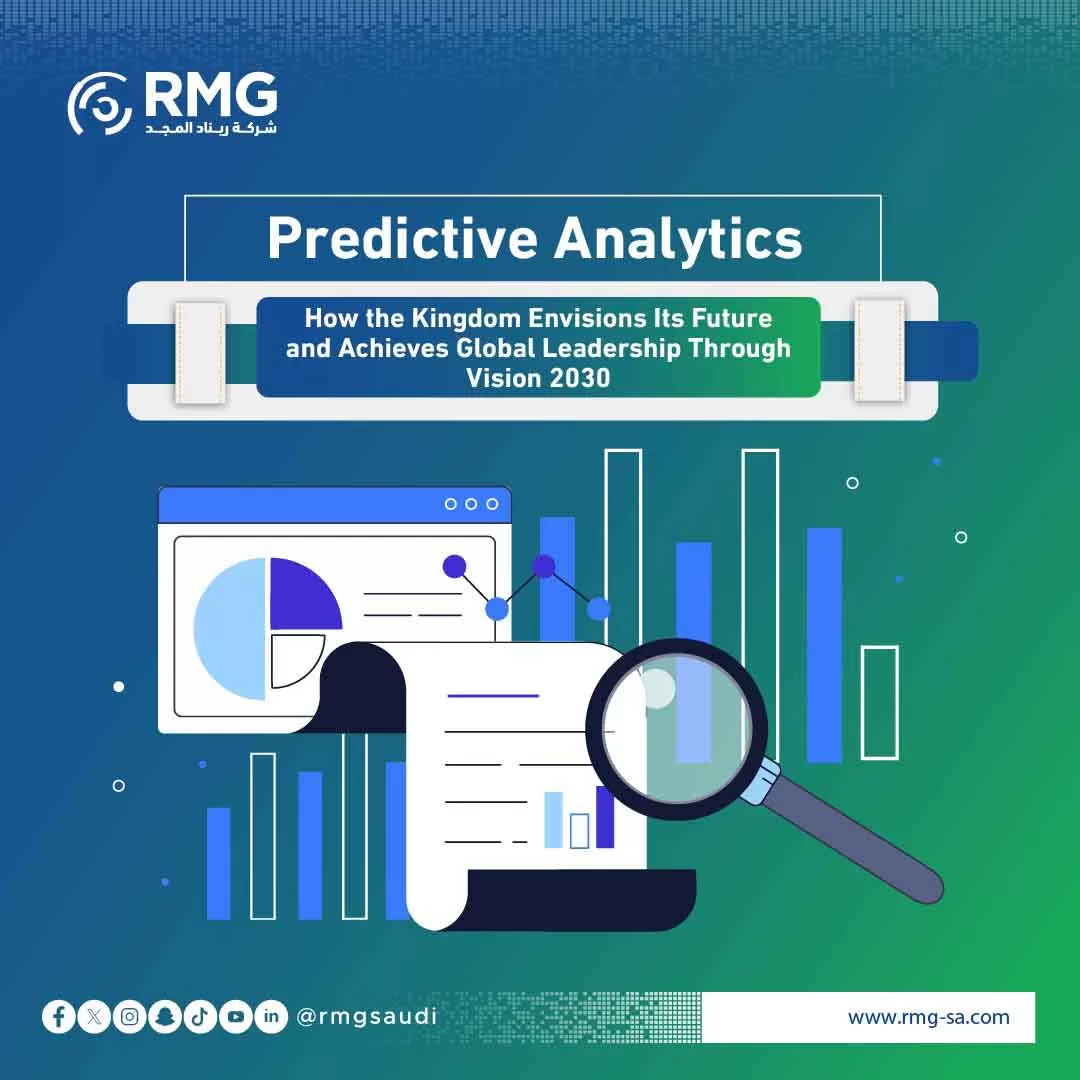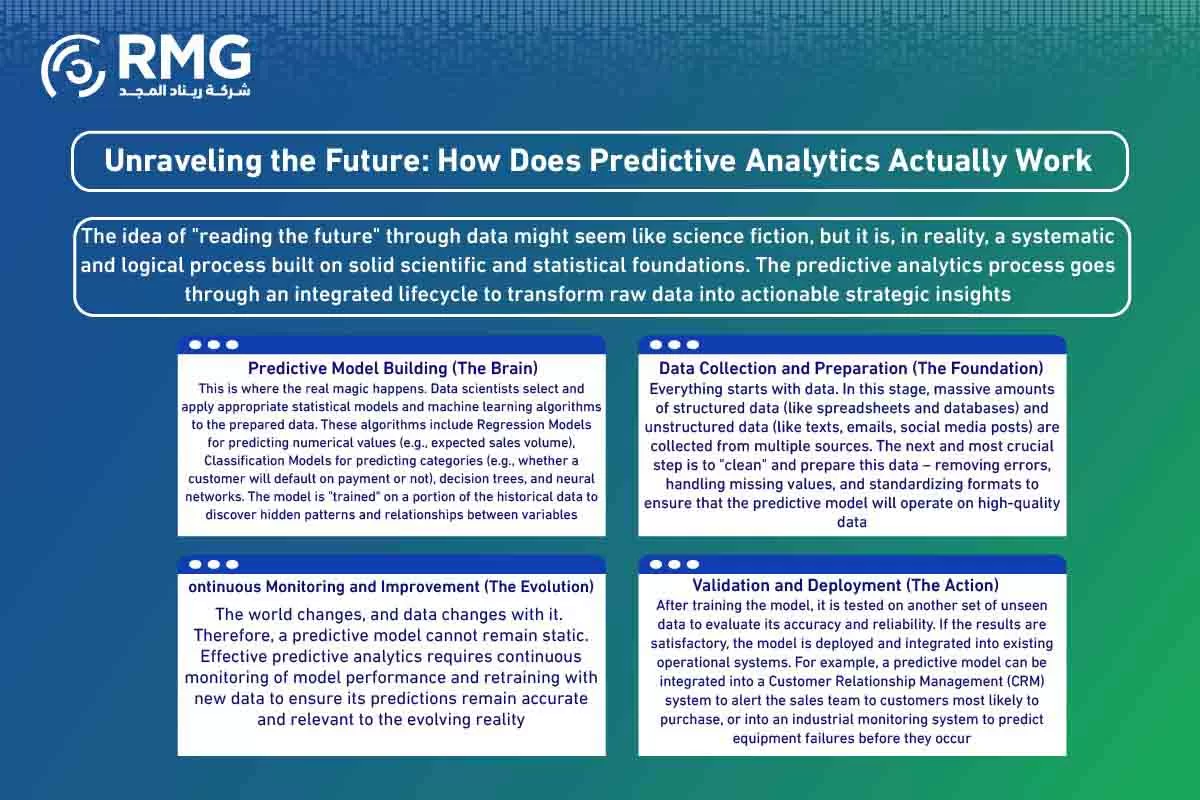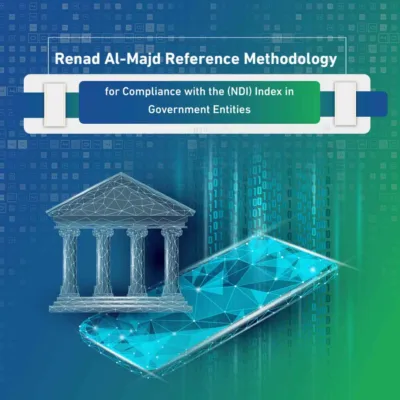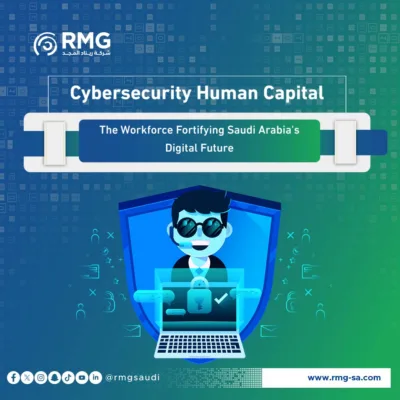Blog Body
Discover how predictive analytics is revolutionizing decision-making in the Kingdom. This comprehensive article delves into its mechanisms, applications in both government and private sectors, and its pivotal role in achieving the objectives of Vision 2030. Learn about “Renad Al Majd”‘s (RMG) solutions to lead your organization towards a proactive and intelligent future.
From Analyzing the Past to Shaping the Future
In a world where the pace of digital transformation is accelerating, and data flows like rivers from every device, sensor, and system, merely analyzing what happened in the past is no longer sufficient to ensure growth or even survival. Competition and leadership have shifted from the ability to understand the past to the ability to foresee the future and act based on proactive insights. Here, Predictive Analytics emerges not just as a technological tool, but as a strategic mind that enables organizations and government entities in Saudi Arabia to transition from reaction to action, and from making decisions based on intuition to making them based on future digital facts.
Predictive analytics is the essence of intelligence in the digital age; it is the technology that uses historical and current data, integrating it with Artificial Intelligence (AI) and Machine Learning (ML) algorithms, to determine the likelihood of future outcomes. This ability to predict opens unprecedented horizons for improving efficiency, mitigating risks, and providing innovative services that directly meet the needs of citizens and beneficiaries, making it an indispensable pillar in the journey towards achieving the ambitions of Saudi Vision 2030.
Unraveling the Future: How Does Predictive Analytics Actually Work?
The idea of “reading the future” through data might seem like science fiction, but it is, in reality, a systematic and logical process built on solid scientific and statistical foundations. The predictive analytics process goes through an integrated lifecycle to transform raw data into actionable strategic insights.
- Data Collection and Preparation (The Foundation): Everything starts with data. In this stage, massive amounts of structured data (like spreadsheets and databases) and unstructured data (like texts, emails, social media posts) are collected from multiple sources. The next and most crucial step is to “clean” and prepare this data – removing errors, handling missing values, and standardizing formats to ensure that the predictive model will operate on high-quality data.
- Predictive Model Building (The Brain): This is where the real magic happens. Data scientists select and apply appropriate statistical models and machine learning algorithms to the prepared data. These algorithms include Regression Models for predicting numerical values (e.g., expected sales volume), Classification Models for predicting categories (e.g., whether a customer will default on payment or not), decision trees, and neural networks. The model is “trained” on a portion of the historical data to discover hidden patterns and relationships between variables.
- Validation and Deployment (The Action): After training the model, it is tested on another set of unseen data to evaluate its accuracy and reliability. If the results are satisfactory, the model is deployed and integrated into existing operational systems. For example, a predictive model can be integrated into a Customer Relationship Management (CRM) system to alert the sales team to customers most likely to purchase, or into an industrial monitoring system to predict equipment failures before they occur.
- Continuous Monitoring and Improvement (The Evolution): The world changes, and data changes with it. Therefore, a predictive model cannot remain static. Effective predictive analytics requires continuous monitoring of model performance and retraining with new data to ensure its predictions remain accurate and relevant to the evolving reality.
Applications of Predictive Analytics: An Innovation Engine in the Kingdom’s Vital Sectors
The true value of any technology lies in its practical applications. In the context of the Kingdom, predictive analytics directly contributes to the development of key sectors and the achievement of their strategic goals.
- Government Sector and Smart Cities: Within the framework of an ambitious digital government, predictive analytics helps government entities transition towards providing “proactive services.” It can predict demand for public services in specific geographical areas, aiding efficient resource planning and distribution. In smart cities like “NEOM” and “The Line,” it is used to predict traffic patterns to improve flow, predict energy and water consumption for sustainable resource management, and even predict potential security risks in public spaces.
- Healthcare Sector: Predictive analytics is revolutionizing this sector. Hospitals can predict the number of patients who will require intensive care admission, allowing for the preparation of beds and staff in advance. It is also used to predict the spread of seasonal diseases and epidemics, enabling the Ministry of Health to launch timely awareness campaigns and preventive measures. At the patient level, it can analyze health data to predict the risk of developing chronic diseases like diabetes or heart disease, opening the door for personalized preventive medicine.
- Energy and Industry Sector: In a vital sector for the Kingdom, predictive analytics is extensively used in Predictive Maintenance. Instead of costly periodic maintenance, sensors collect data from equipment in oil refineries and power plants, and algorithms predict the likely time of a failure, allowing maintenance to be performed only when needed, which drastically reduces costs and increases asset lifespan.
- Financial and Banking Services: Banks and financial institutions are among the biggest beneficiaries. Predictive analytics is used to accurately assess the creditworthiness of borrowers, surpassing traditional methods. It is also an indispensable tool for detecting financial fraud and money laundering in real-time by analyzing unusual transaction patterns. Additionally, it helps predict customer behavior to offer personalized financial products at the right moment.
- Education Sector: To achieve high-quality educational outcomes, predictive analytics can be used to identify students at risk of academic underperformance early by analyzing attendance data, grades, and participation in educational platforms. This allows teachers and administrators to intervene and provide targeted academic support before it’s too late, contributing to reduced dropout rates and improved academic achievement.
Strategic Value: From Data to Smart Decisions and Competitive Advantage
Adopting predictive analytics grants organizations a set of strategic benefits that go beyond merely improving numbers, leading to a radical change in the way they operate and think.
- Transition from Reaction to Proaction: Instead of analyzing problems after they occur, this technology gives you the ability to see them coming and take preventive measures, saving time and money and protecting reputation.
- Radical Improvement in Decision Accuracy: Decisions are no longer based solely on personal experience but are supported by accurate data models that predict potential outcomes for each option, reducing risks and increasing chances of success.
- Maximizing Operational Efficiency: By predicting demand, equipment failures, and staffing needs, organizations can optimize the allocation of their valuable resources (money, employees, assets) and avoid waste.
- Creating Highly Personalized Customer Experiences: By predicting customer needs, preferences, and future behavior, companies can design customized offers and services that significantly increase loyalty and satisfaction.
Understanding the Full Spectrum: Descriptive, Predictive, and Prescriptive
It’s important to place predictive analytics in its correct context within the family of data analytics. There are three main levels of analytical maturity:
| Type of Analysis | Question It Answers | Primary Goal |
| Descriptive Analytics | “What happened in the past?” | Understanding past performance through reports and dashboards. |
| Predictive Analytics | “What could happen in the future?” | Foresight into future trends and outcomes based on data. |
| Prescriptive Analytics | “What should we do about it?” | Recommending the best course of action to achieve a desired outcome. |
Predictive analytics serves as the bridge that transitions an organization from merely understanding the past to the ability to influence the future, paving the way for the highest level, Prescriptive Analytics, which provides automated and intelligent decisions.
Renad Al Majd Company (RMG): Your Strategic Partner in the Predictive Analytics Journey
Adopting predictive analytics is not just about purchasing software; it’s a strategic transformation journey that requires deep expertise in data and technology, and a precise understanding of the business environment. Here, Renad Al Majd Company (RMG) stands out as a pioneer and trusted partner for government entities and private institutions in the Kingdom that seek to harness the power of data to shape their future.
At “Renad Al Majd,” we believe that every organization has unique challenges and opportunities. Therefore, we don’t offer ready-made solutions; instead, we work with you as one team to provide integrated services that include:
- Strategic Data Consulting: We help you develop a clear roadmap for leveraging your data and building a data-driven culture.
- Building and Developing Customized Predictive Models: Our team of data scientists and engineers designs accurate models specifically tailored to solve your business challenges and achieve your goals.
- Systems Integration: We ensure seamless integration of predictive analytics solutions with your existing systems (ERP, CRM) to become an integral part of your daily operations.
- Interactive and Smart Dashboards: We transform complex predictions into easy-to-understand visual insights that empower decision-makers to quickly grasp information and take appropriate action.
Towards a Smarter Future: Your Collaboration with “Renad Al Majd” Makes a Difference
“The smartest decision is the one you make today to create a better tomorrow.”
Whether you represent a government entity seeking to enhance the efficiency of its services, a healthcare institution aiming to improve patient care, a bank looking to strengthen its security, or a commercial company wishing to outperform its competitors, predictive analytics is no longer an option but a strategic necessity for survival and leadership.
At Renad Al Majd Company (RMG), we invite you not to wait for the future, but to design it with us. Contact our team of experts today to explore how our innovative predictive analytics solutions can give you the insights you need to improve your performance, enhance your operational efficiency, and achieve the leadership you deserve in your field.
Don’t let the future surprise you. Be the one who shapes it. Contact us now to book a free consultation with our experts.

























